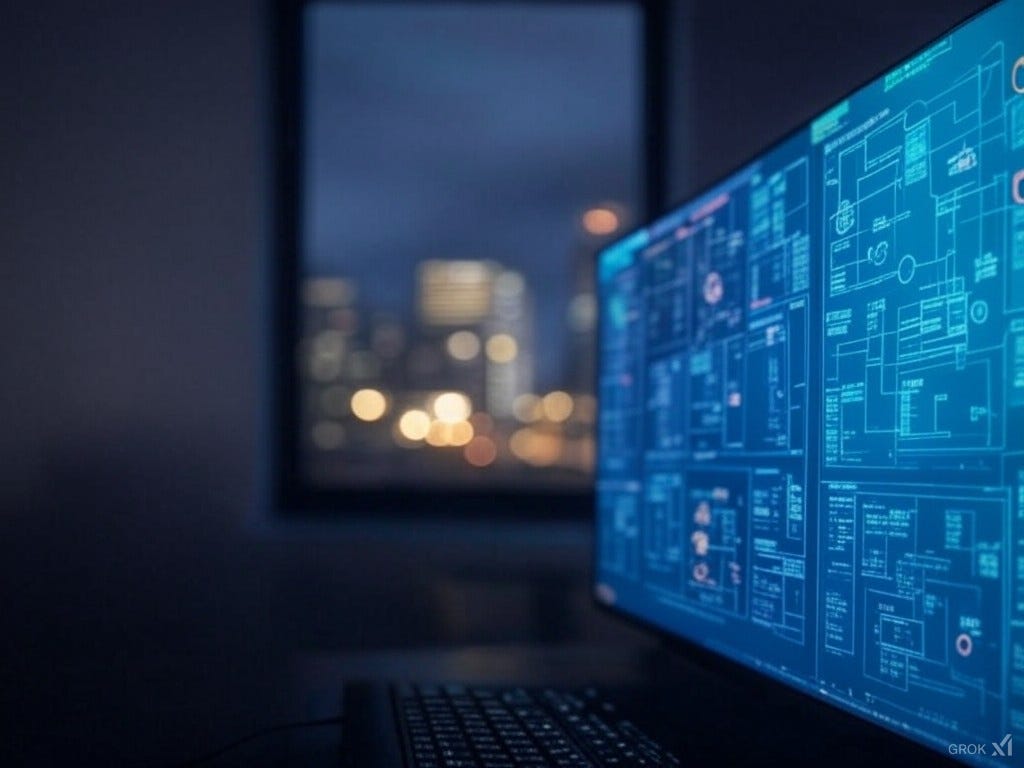In the ever-evolving digital landscape, cybersecurity often focuses on flashy new threats and cutting-edge defense mechanisms. However, the true foundation of a robust security posture lies in the often-overlooked realm of security maintenance. It's the diligent, day-in-day-out work that keeps systems resilient and protects them from both known and emerging vulnerabilities. Think of it as the regular oil changes and tune-ups that keep your car running smoothly and prevent costly breakdowns – except in this case, the "car" is your critical data and IT infrastructure.
Security maintenance isn't a one-time setup; it's an ongoing, proactive process that encompasses several key elements:
1. Vigilant Monitoring and Log Analysis: Imagine a security system without anyone watching the monitors. Meaningless, right? Continuously monitoring system logs is crucial for detecting suspicious activity, identifying anomalies, and understanding attack patterns. Analyzing these logs provides valuable insights into potential security breaches, allowing for swift responses and preventative measures. Effective log management tools and security information and event management (SIEM) systems play a vital role in this process, automating the collection and analysis of vast amounts of log data.
2. The Safety Net of Regular Backups: Data is the lifeblood of any organization. Ransomware attacks, hardware failures, or even accidental deletions can cripple operations if data isn't properly backed up. Regular backups are a non-negotiable component of security maintenance. They serve as the ultimate safety net, enabling quick recovery in the event of a security compromise or data loss. The "3-2-1" backup strategy – three copies of data, on two different media, with one copy offsite – is a widely recognized best practice for ensuring data resilience.
3. Recovering from Security Compromises: A Plan of Action: Despite best efforts, security breaches can still occur. Having a well-defined incident response plan is paramount. This plan should outline the steps to be taken in the event of a security incident, including identifying the scope of the breach, containing the damage, eradicating the threat, and restoring systems and data. Regularly practicing this plan through simulations and drills ensures that everyone knows their role and can react effectively under pressure. A swift and coordinated response can significantly minimize the impact of a security compromise.
4. Proactive Security Testing: Just like a doctor checks your vitals, regular security testing helps identify vulnerabilities before they can be exploited by attackers. Penetration testing, vulnerability scanning, and security audits are essential tools for assessing the effectiveness of security controls and identifying weaknesses in systems and applications. These tests should be conducted regularly and after any significant changes to the IT infrastructure.
5. The Power of Patching and Updates: Software vulnerabilities are a common entry point for attackers. Keeping all critical software patched and up-to-date is a fundamental aspect of security maintenance. This includes operating systems, applications, and firmware. Automated patch management systems can streamline this process, ensuring that security updates are applied promptly and consistently. Beyond patching, regular review and revision of system configurations are also crucial to maintain security hardening and prevent misconfigurations that could expose vulnerabilities.
In conclusion, security maintenance is the bedrock of a strong cybersecurity posture. It's not glamorous, but it's absolutely essential. By diligently implementing these key practices, organizations can significantly reduce their risk of falling victim to cyberattacks and ensure the continued security and availability of their critical systems and data. Investing in robust security maintenance is not just a cost of doing business; it's an investment in business continuity and long-term success.




